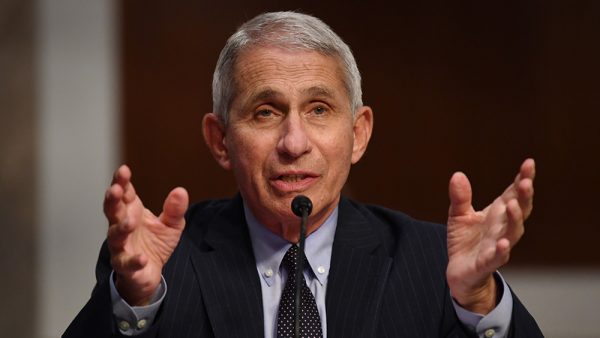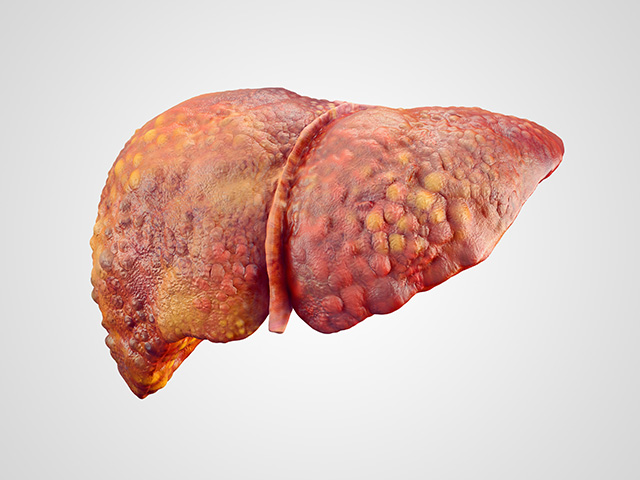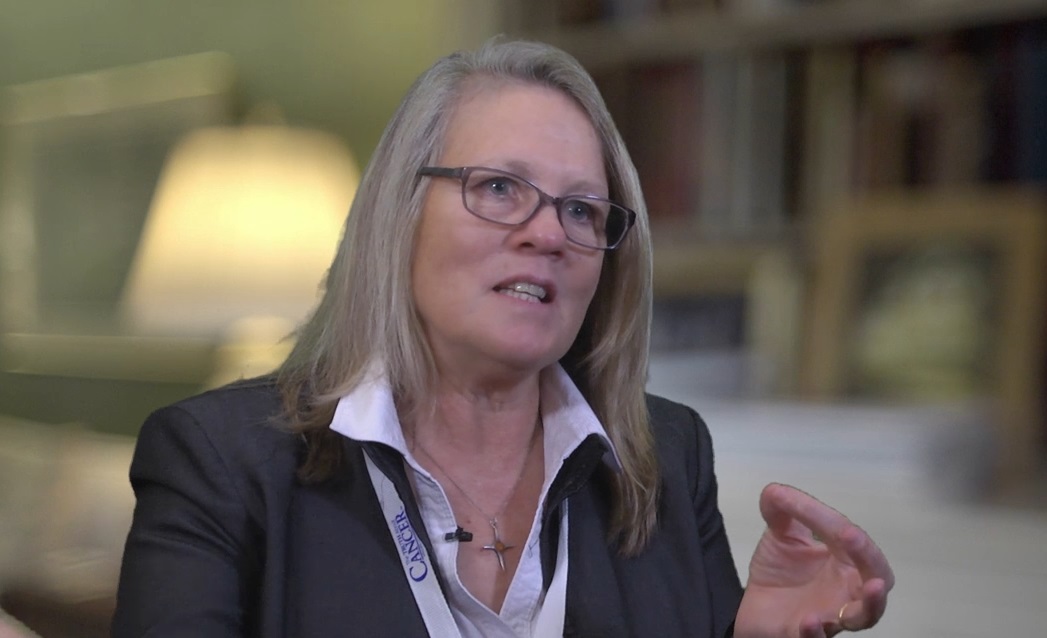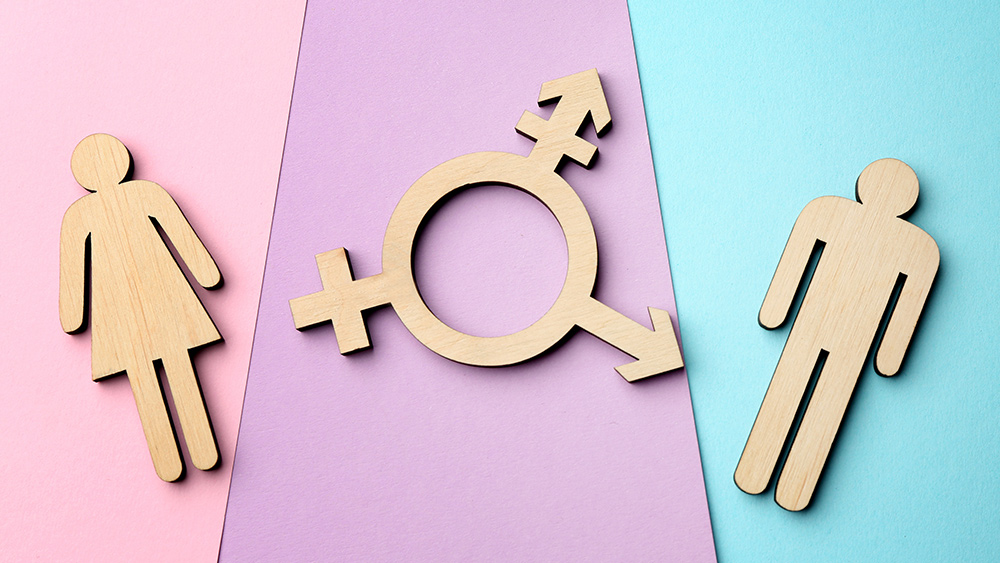 Parler
Parler Gab
Gab
Cleaning and hygiene tips to protect your family against COVID-19
Instead of forcing kids to wear masks, teach them these effective cleaning and hygiene tips to prevent the spread of COVID-19 at home and in school. These simple hygiene measures can help protect your family's health and everyone else's:- Don't touch your face, especially your eyes, nose and mouth.
- Don't cough or sneeze into your bare hands. Always cover your mouth and nose with your elbow or tissue when coughing or sneezing, then dispose of the used tissue immediately.
- Maintain a distance of at least one meter (three feet) from other people who are coughing or sneezing.
- Wash your hands thoroughly. Proper handwashing is the best method of preventing infections so wash your hands frequently with soap and water for at least 20 to 30 seconds. Help children keep track of how long they should wash their hands by singing the full happy birthday song twice.
- Always wash your hands after you blow your nose, sneeze into a tissue, use the restroom, when you leave and go back home, or before preparing or eating food.
- If you don't have access to running water and soap, use a hand sanitizer to ensure that contains at least 60 percent alcohol. When using hand sanitizer, ensure coverage on all parts of the hands and rub your hands together for 20 to 30 seconds until your hands feel dry. If your hands are visibly dirty, try to wash them with soap and running water.
Cleaning tips for your home
Follow these tips to keep your home clean and germ-free:- Clean and disinfect high-touch surfaces in your home regularly to lower the risk of infection.
- Follow cleaning product instructions for safe and effective use and use precautions when applying the product, such as wearing gloves and making sure you have good ventilation.
- Clean dirty surfaces with soap or detergent and water and water first. Next, use a disinfectant product containing alcohol that is at least 70 percent or bleach.
- If you don't have disinfectant sprays and wipes, clean surfaces with soap and water. You can also use diluted household bleach solutions on some surfaces.
- To properly disinfect at home, don't wipe cleaning solutions off as soon as you’ve applied them to a surface. Many disinfectant products need to stay wet on a surface for several minutes to be effective. Always read the directions to make sure you're using the products as recommended and to avoid damaging sensitive items like smartphones and other electronic devices.
- Chairs
- Computers
- Door handles
- Game controllers
- Handrails
- Keyboards
- Kitchen and bathroom surfaces
- Light switches
- Mobile phones
- Remote controls
- Tables
- Taps or faucets
- Toilets
- Tablets
- Your kids' favorite toys
More related stories:
Lancet study DEBUNKS CDC argument for mask mandates in schools. Epidemiologists, Indiana AG slam government for spreading COVID misinformation. Study finds MICROPLASTIC fibers from FACE MASKS lodged in human lungs. Sources include: TheNationalPulse.com UNICEF.org Brighteon.comIndia’s covid contact tracing app turned into “sophisticated surveillance system”
By Ethan Huff // Share
By Lance D Johnson // Share
16 YEAR LIE: Evidence of liver damage from SARS vaccine dates back to 2004
By S.D. Wells // Share
Governments continue to obscure COVID-19 vaccine data amid rising concerns over excess deaths
By patricklewis // Share
Tech giant Microsoft backs EXTINCTION with its support of carbon capture programs
By ramontomeydw // Share
Germany to resume arms exports to Israel despite repeated ceasefire violations
By isabelle // Share









